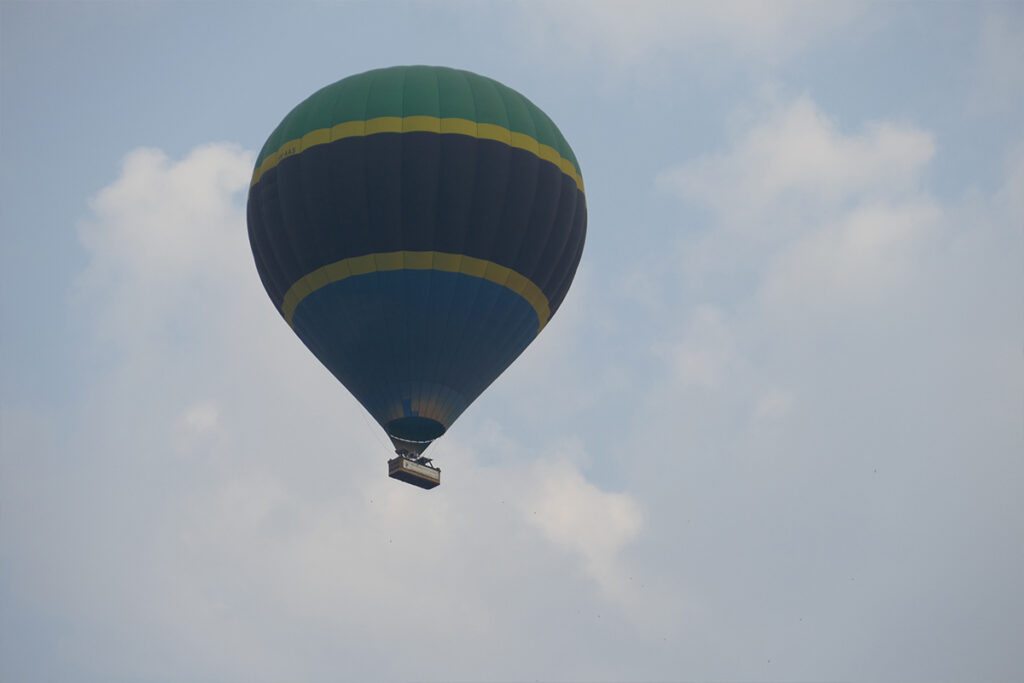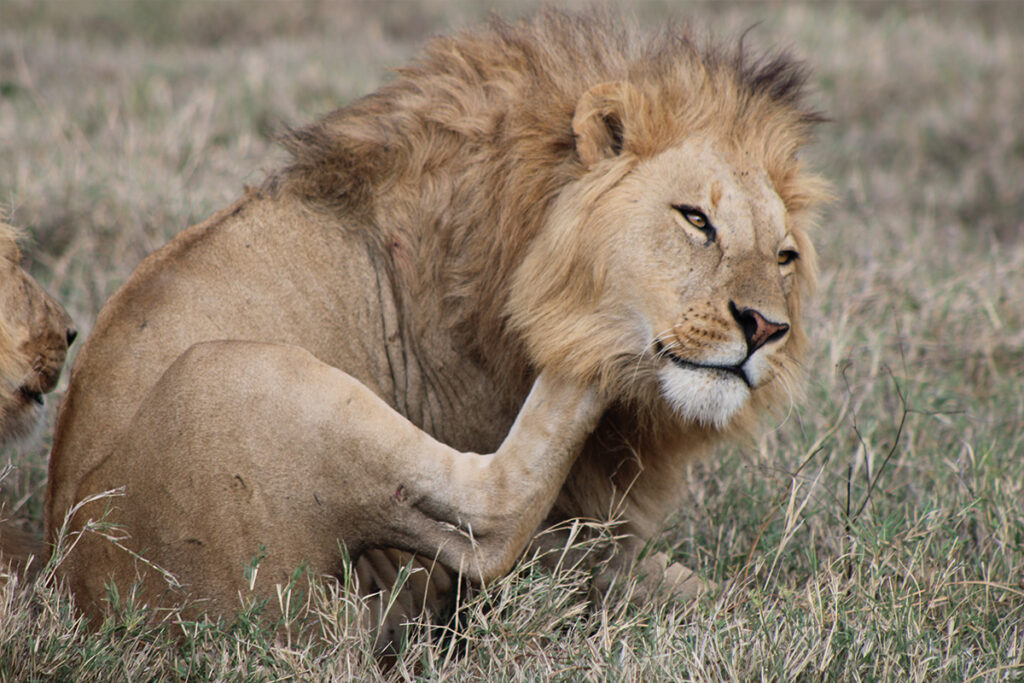With Serengeti perched in one corner and Maasai Mara in another, both Tanzania and Kenya hold the heart of Africa’s unrivaled safari experiences. Surprisingly, the Great Migration—a breathtaking spectacle—is a shared marvel between these two nations, leaving travelers often at a conundrum. One may wonder, does the vastness of Tanzania or the dramatic landscapes of Kenya offer a superior adventure?
Tanzania boasts an immense diversity of wildlife across its expansive National Parks, making it a favorite among those seeking more solitude. In contrast, Kenya’s Maasai Mara delivers an action-packed experience with its high density of games and the dramatic scenes of predator-prey interactions. However, both nations have rich historical legacies in conservation, with Kenya being one of the first countries to declare official protected wildlife areas in the early 20th century. Whether the impressive stats or the vibrant tales captivate you, each country promises an extraordinary safari journey.

Comparative Wildlife Diversity in Tanzania and Kenya
Tanzania and Kenya are renowned for their rich wildlife diversity. In Tanzania, the Serengeti National Park is home to over 500 bird species, along with big game such as elephants, lions, and rhinos. This makes the Serengeti a major draw for wildlife enthusiasts. Kenya’s Maasai Mara is famed for its dense populations of wildlife. These include not only the Big Five—lion, elephant, buffalo, leopard, and rhino—but also numerous bird species and smaller game.
In addition to the shared species, each country boasts unique wildlife. Tanzania’s Ngorongoro Crater hosts one of the densest large mammal populations in the world. Here, you can encounter rare species like the black rhino. In contrast, Kenya’s Samburu National Reserve is known for its distinctive species. These include Grevy’s zebras, Somali ostriches, and gerenuks.
Protected areas play a crucial role in maintaining biodiversity. In Tanzania, key protected areas include the Serengeti, Ngorongoro Conservation Area, and Selous Game Reserve. Kenya offers well-protected parks like Maasai Mara, Amboseli, and Tsavo National Parks. Both countries invest heavily in conservation to safeguard their natural heritage.
Both nations also host critical migratory routes. The Great Migration defines the Serengeti-Maasai Mara ecosystem. Millions of wildebeest, zebras, and gazelles move between the two countries annually. This event attracts countless tourists, eager to witness one of nature’s most stunning spectacles.
Survey of species and protected areas in both countries
In Tanzania, the variety of wildlife species is striking. The Serengeti National Park alone hosts over 70 large mammal species. This includes iconic creatures like lions, cheetahs, and elephants. Tanzania is also a paradise for bird watchers, with over 1000 different bird species. Conservation efforts ensure these animals thrive in their natural habitats.
Kenya is equally impressive when it comes to biodiversity. In Maasai Mara, you can find the Big Five and many other fascinating species. The park is also renowned for its annual Great Migration, a natural wonder. Beyond the Maasai Mara, Kenya’s Amboseli National Park features vast herds of elephants. It’s a place where wildlife and scenic views coexist harmoniously.
The importance of protected areas is profound in both countries. These regions not only safeguard wildlife but also promote ecological balance. Tanzania has multiple renowned reserves, like Ngorongoro Conservation Area and Selous Game Reserve. In Kenya, notable reserves include Tsavo National Park and Samburu National Reserve. These protected zones are vital for species conservation.
Tourists and scientists alike are drawn to these protected areas, eager to explore their rich biodiversity. Activities such as hiking, photography, and guided tours are popular. Visiting these places often results in unforgettable wildlife encounters. Both Tanzania and Kenya prioritize sustainable tourism, ensuring the protection of their natural wonders for future generations.
Unique Safari Experiences Offered by Each Country
Tanzania offers diverse safari adventures that captivate any nature lover. One of the most iconic events is the Great Migration in the Serengeti, where millions of wildebeest cross the plains. This spectacle is not just about wildlife but also the drama of survival. Balloon safaris offer a unique view of this breathtaking landscape from above. Visitors often savor the stunning vistas as they gently float over the sprawling savannas.
In addition to the Serengeti, Tanzania’s Ngorongoro Crater presents a unique experience. This massive volcanic caldera is home to dense wildlife populations. You can find everything from zebras grazing to lions on the prowl. The crater’s unique topography offers dynamic views unlike any other safari setting. It’s an ideal spot for those looking to witness nature’s raw beauty.
Kenya, on the other hand, is known for its vibrant Maasai Mara safaris. The reserve is famed for its exciting game drives and rich cultural experiences with the Maasai people. Travelers often marvel at the seamless blend of wildlife and tradition. Night safaris in the Mara add another dimension, offering a chance to spot nocturnal creatures. These excursions bring the African night to life.
Apart from the Maasai Mara, Kenya’s Amboseli National Park offers a different charm. This park delivers stunning views of Mount Kilimanjaro, Africa’s tallest peak. Large herds of elephants roam freely, providing excellent photography opportunities. Visitors also enjoy bird watching with sightings of colorful species. Amboseli’s dramatic scenery ensures it’s a favorite among safari-goers.
Impact of Tourism on Conservation Efforts in Tanzania and Kenya
Tourism plays a vital role in conservation efforts in both Tanzania and Kenya. With tourists visiting national parks, entry fees and other charges provide funding needed for wildlife management. These funds help maintain park facilities and support anti-poaching campaigns. In Tanzania, the Serengeti National Park benefits significantly from tourism income. This ensures that wildlife populations remain protected and thrive.
In Kenya, tourism is also a major economic driver, supporting conservation projects. Maasai Mara, for instance, uses revenue from tourism to fund community conservation programs. These initiatives aim to engage local communities in wildlife protection. Engaging locals builds awareness and creates a sense of stewardship. Ultimately, it encourages locals to become active participants in conservation efforts.
The influx of tourists also creates both opportunities and challenges. On one hand, tourism encourages infrastructure development, leading to better roads and facilities in remote areas. On the other hand, it can strain resources and lead to habitat degradation if not managed properly. For this reason, both countries emphasize sustainable tourism practices. They aim to balance ecological preservation with visitor impact.
Wildlife conservation is not just about preserving animals; it’s about supporting entire ecosystems. Eco-friendly lodges and camps in Tanzania and Kenya promote sustainable living. These places minimize waste and use solar energy. They also educate visitors on the importance of conservation. Many tourists leave with a greater appreciation for the need to protect natural habitats.
Finally, partnerships with international conservation organizations make a difference. They provide expertise and funding necessary for large-scale projects. These collaborations enhance monitoring and research efforts. Such strategic partnerships help build capacity within local conservation agencies. Together, these efforts work toward a brighter future for Africa’s wildlife.
Key Takeaways
- Tourism provides essential funding for conservation in Tanzania and Kenya.
- Local communities are engaged to promote wildlife protection.
- Sustainable tourism practices help balance ecological preservation with tourism impact.
- Eco-friendly lodges educate visitors on environmental protection importance.
- International partnerships enhance research and monitoring efforts for wildlife safety.
Conclusion
The ongoing allure of Tanzania and Kenya as premier safari destinations highlights their unparalleled commitment to wildlife conservation. Through sustainable tourism and community involvement, both countries have found ways to support vibrant ecosystems. This ensures that their natural treasures are protected for generations to come.
While each country offers unique safari experiences, their mutual dedication to preserving biodiversity underscores their significant role on the global stage. By balancing tourism with conservation, Tanzania and Kenya not only provide unforgettable adventures but also foster a deeper appreciation for nature. Ultimately, these efforts pave the way for a thriving, sustainable future.



